Ahsoka repeats a major live-action adaptation mistake
Ahsoka is a weird show. It's caught between Star Wars animation and live-action audiences and has to try and be both a worthy successor to Rebels while appealing to new fans.
Ultimately, it struggles to do that and ends up, in our opinion, demanding a lot from viewers who aren't familiar with the crew of the Ghost. But that's only part of the story.
The other major issue with Ahsoka is how it approaches adapting characters, themes and concepts first explored in animation.
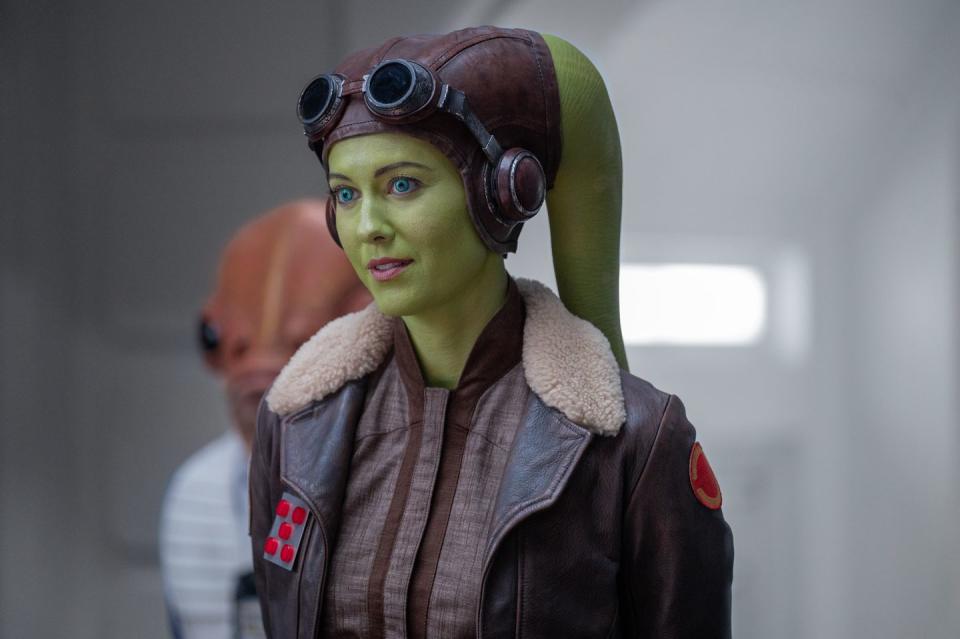
It makes the error of trying to translate the visual language of Rebels in a one-to-one way, ignoring the inherent differences between live action and animation. 'The medium is the message', after all.
Dave Filoni, the showrunner on Ahsoka and the creative mind behind Rebels and much of The Clone Wars, seems not to agree.
"For me, when I'm telling those stories, I don't limit things like, 'Oh, well, I did it an animation, so I would do it distinctly different in live action'," he said in an interview with Entertainment Weekly earlier this year.
"There's just the story that it is, and I was telling it in one medium."
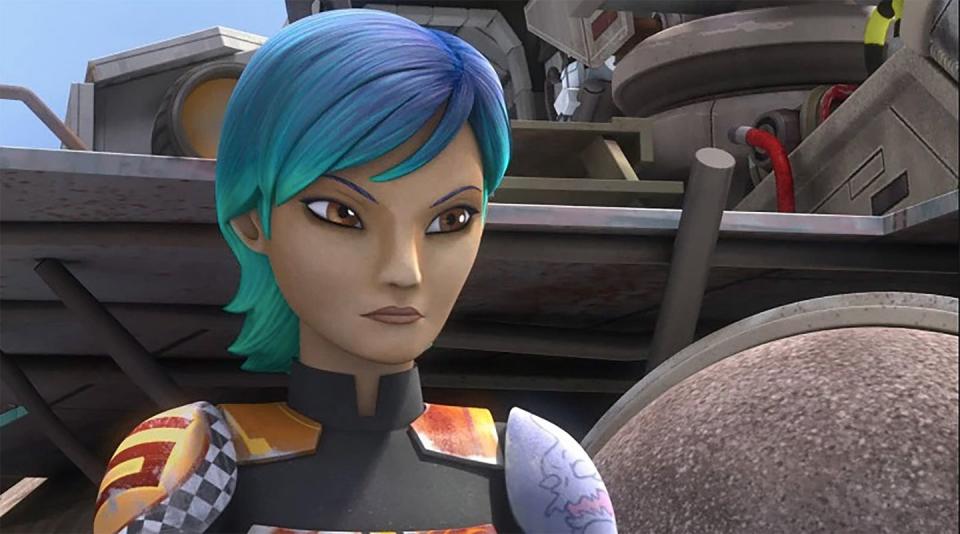
But this approach underplays how animation as a medium shapes the story and characters that are explored.
In Ahsoka, this is most glaringly obvious in two places: first, the location and interior design, and second, its costuming.
The appearance of characters in Ahsoka are directly pulled from their looks in Rebels — from Sabine's bright, multicoloured hair to Hera's luminous orange trousers.
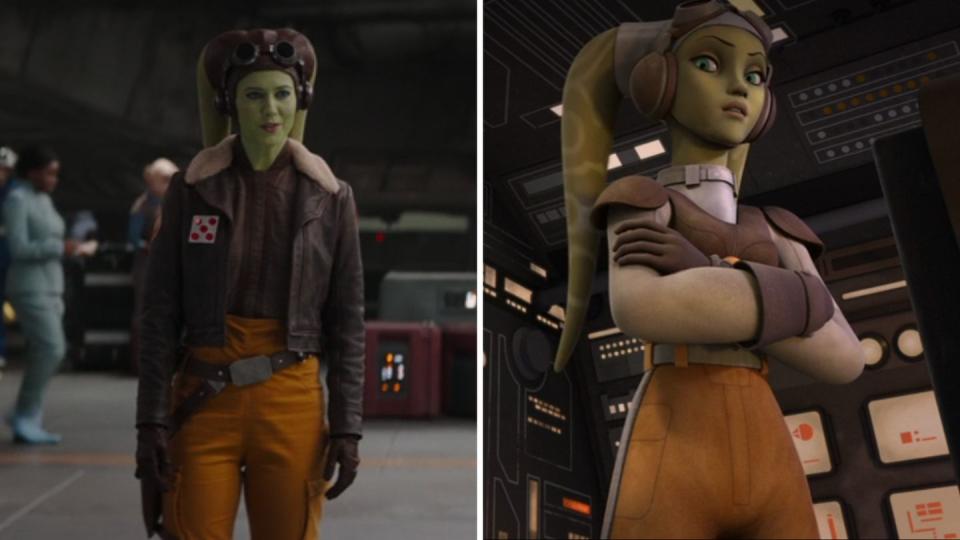
The problem is that these outfits look entirely out of place when brought to life without any adjustment. In fact, they end up looking like high-end cosplay rather than designed costumes, an effect that makes the whole show feel like an amusement park.
It's particularly an issue with Star Wars animated shows because the visual language of The Clone Wars and Rebels deliberately creates and emphasises characters that look like action figures.
The limitations of the 3D animation at the time meant that the art style of those shows embraced a toy-like feel that made the crew of the Ghost look like you pulled them off an aisle in Toys R Us. That's part of their charm, but translating that without any thought to the real world simply doesn't work.
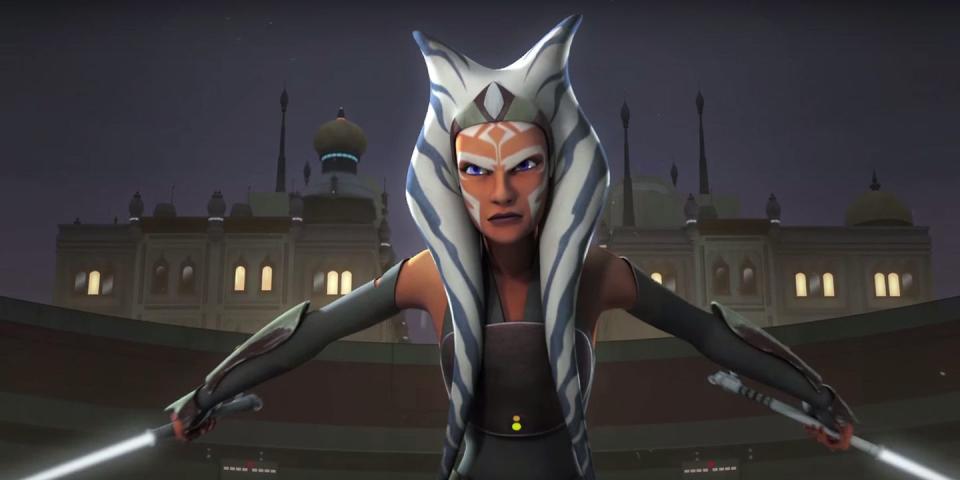
All of this is compounded by the fact that none of the costumes in Ahsoka seem to have been distressed or made dirty — an error it has in common with George Lucas' prequels, in contrast to the lived-in grime of the original trilogy. Put bluntly, they look like they've never been worn before they appear in a scene.
This specific costume issue isn't limited to characters and stories from animation but seems prevalent across all Disney+ Star Wars shows. Take a look at this still from Obi-Wan Kenobi, for instance.
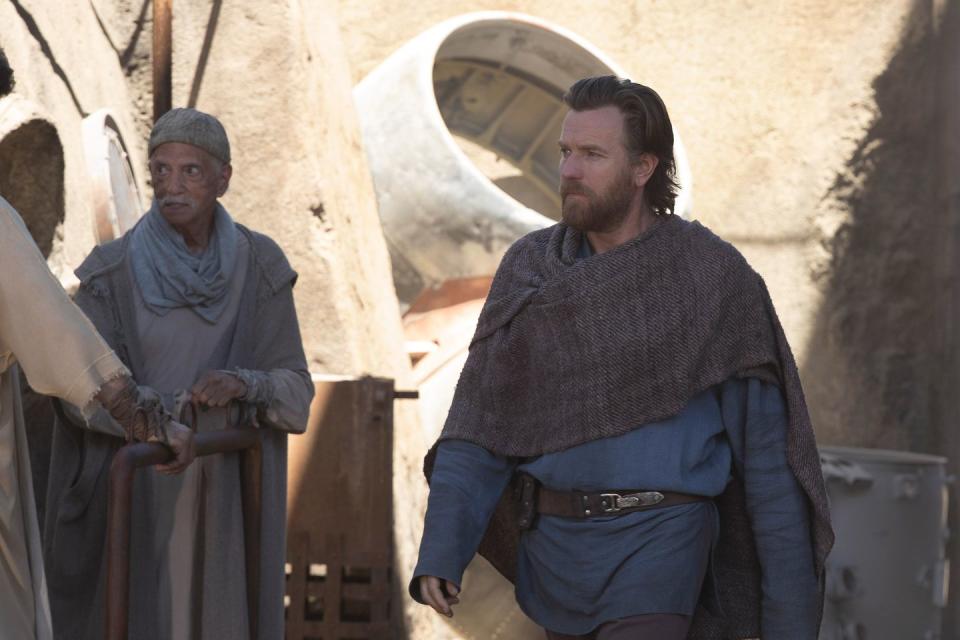
Where is the dirt? Obi has been wandering around distraught for years, but his robe still looks box-fresh.
It was the same in The Book of Boba Fett. Even though Tatooine is famously a pretty grubby place to live, everything is gleaming.
Compare these instances and Ahsoka to the impeccable work done by Michael Wilkinson on Andor, and you'll see a marked difference.
These shows are, obviously, tonally very different. Andor is concerned with the material reality of people living in the galaxy, and so its production and costume design reflect that impulse. But even so, the result is undeniably more impactful.
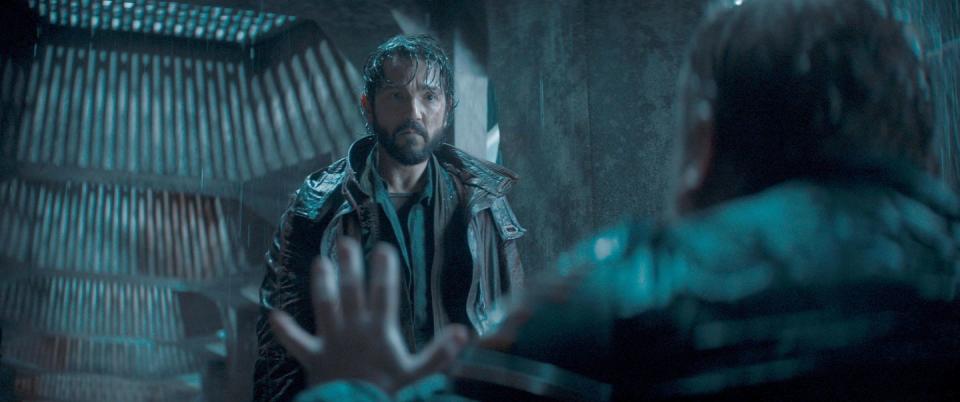
This approach isn't just limited to Star Wars. In fact, it's an issue you can see across the whole streaming landscape as more and more productions attempt to cash in on the popularity of animated properties and anime.
Take Netflix's Cowboy Bebop adaptation from 2021, for example. It was roundly criticised for its strange visual style, as it attempted to bring an anime colour palette to life while ignoring the text and tone of the original work's world.
Looking forward, fans are also raising similar concerns about the service's upcoming One Piece and Avatar: The Last Airbender adaptions.
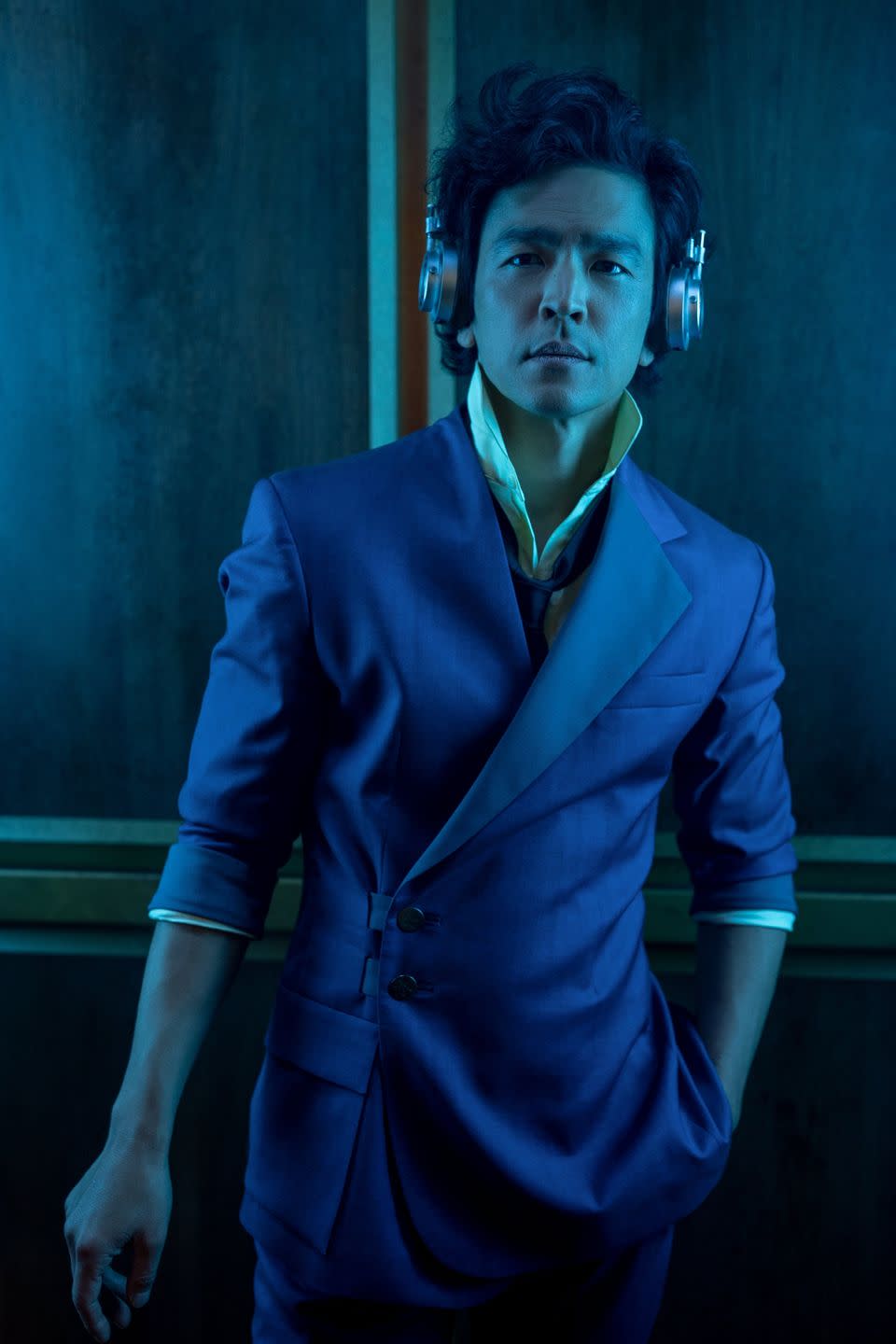
But why is it happening? The cynical answer is that it's a land grab as streamers look for quick wins by adapting proven properties over original ideas. It's a similar approach to movie studios acquiring the rights to comics and graphic novels; those media get reduced to storyboards, and their own differences and values get flattened.
Comics and animation aren't training wheels or stripped-back versions of live-action productions. They're a medium unto themselves. You'd have thought Disney would have learned this the hard way, judging by how audiences have responded to the House of Mouse's own various live-action remakes over the years. But it seems not.
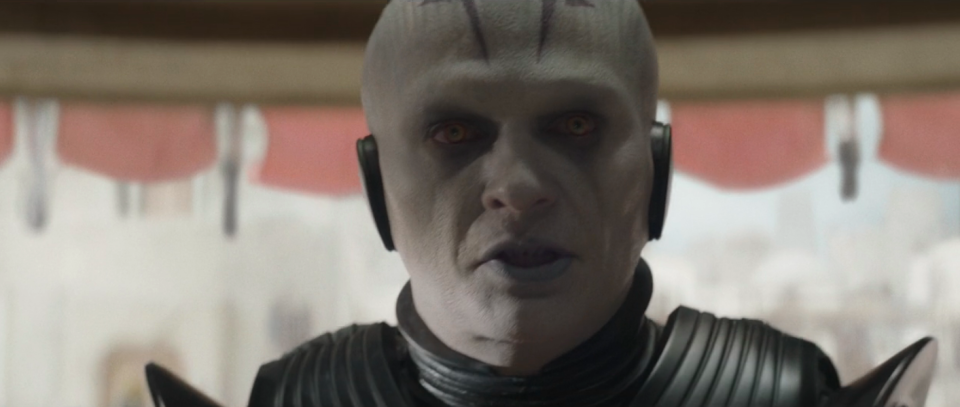
There's also an element of audience expectations and concern here. Studios seem cautious about changing anything during the process of adaptation for fear of upsetting the particularly vocal elements of fandoms.
This side is more understandable and happens all the time. Obi-Wan's least egregious sin was its version of the Grand Inquisitor — but that was the element that angry Star Wars fans latched on to.
But if all your work does is build a replica of something made special by another medium, what's the point?
The nature of animation allows for a more expressive artistic vision: You can be abstract and larger than life without worrying about 'realism'. But when you take those elements and play them straight, you end up with something that's neither fish nor fowl — and worse, that diminishes the original work itself.
Ahsoka's first two episodes debuted on Disney+ on August 23. New episodes are available weekly every Wednesday (or Tuesday evening in the US).
You Might Also Like


